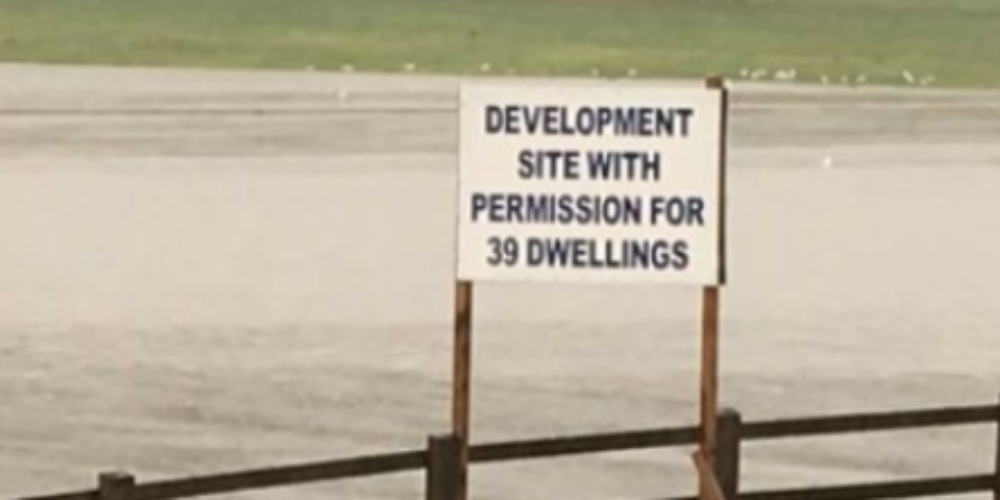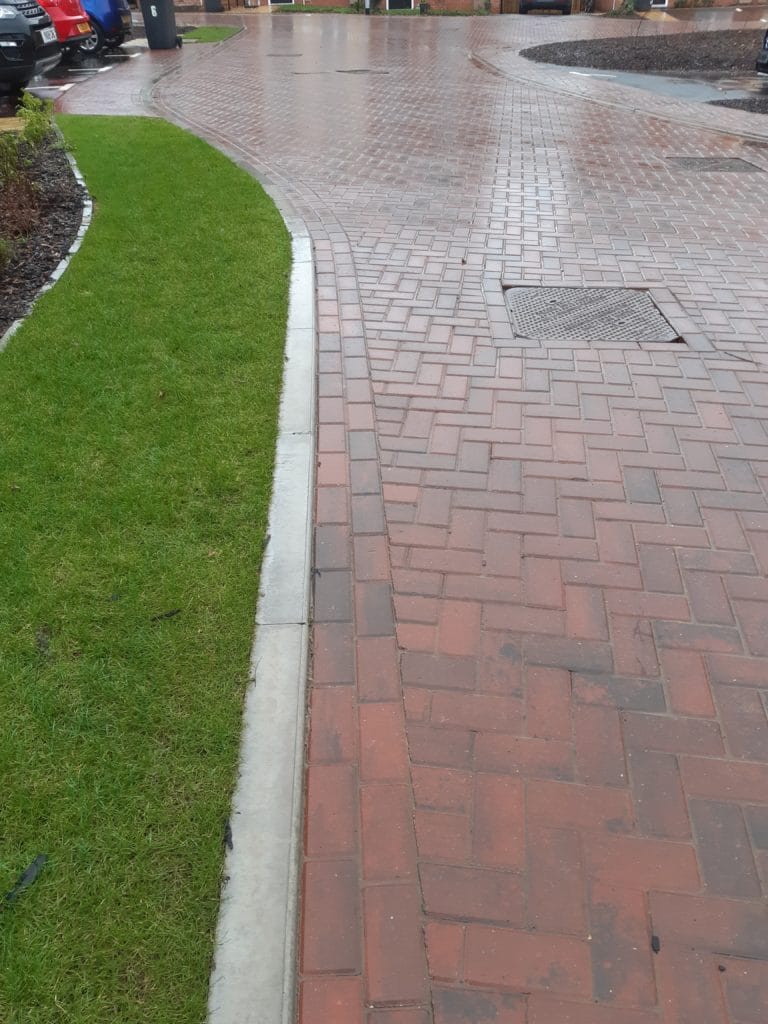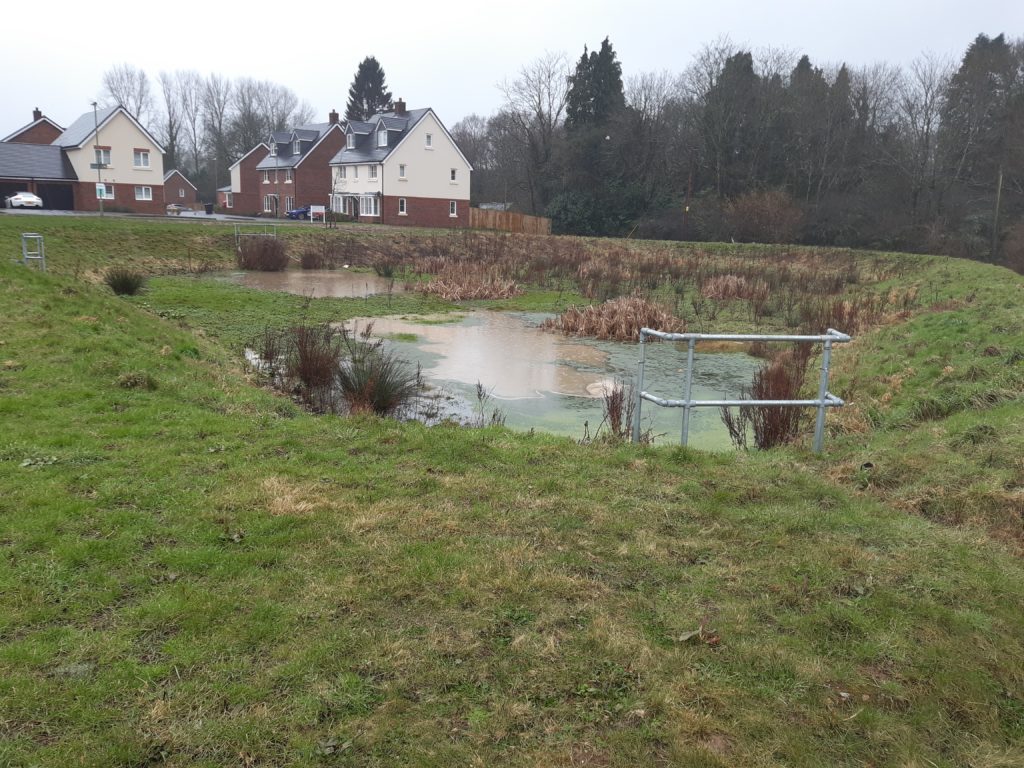
The government aims to build 300,000 new homes a year by the mid-2020s in a bid to help a shortage of homes in the UK. However many local authorities have said that they are struggling to meet this demand as there is a lack of available land, and over the past decade, 120,000 new homes in England and Wales have been built on flood-prone land (1). When considering land for new homes, it is essential that flood risk is not just assessed for the present risk, but also considers the impacts climate change will have.
The main method of reducing the number of developments at risk of flooding, is to build homes away from flood prone areas. Simple, but what if there is a lack of available land as previously mentioned by local authorities? The National Planning Policy Framework (NPPF) set out that a sequential test is performed which aims to prevent new developments being allowed to be built in flood prone areas. If no land is available, then an exception test is undertaken in high flood risk areas to show how sustainable benefits outweigh the increase in flood risk, and that the development is both resistance and resilient to flooding and is safe for the lifetime of the development (minimum 100 years).
When acting for a purchaser, it is best practice to advise your client to assess the flood risk even if it’s a new build development. More awareness is needed for new builds as many new purchasers will have the opinion that the developer wouldn’t have been able to build there unless all of the risks were considered.
What information should be reviewed to ensure the development has consider flood risk?
Environmental and flood risk searches
A detailed flood risk report provided by Landmark will highlight the risks of all flooding types and provide details for historic flood events. This will indicate if the property is at risk of flooding and if there are any nearby watercourses in the surrounding area
Flood risk assessments
Any new build developments where they include more than 10 houses, the land being developed on is larger than 1 hectare, or is within a flood zone 2 or 3, a site specific flood risk assessment will need to be provided as part of the planning application. This will identify flood risk areas, preparing flood hazard maps from river, coastal, pluvial and groundwater flooding, and provide flood management plans.
These are then reviewed by the Environment Agency and approved before development can commence.
Sustainable Surface Water Drainage Strategy Reports
These reports are required when the development is more than 10 units, if the development is in a flood zone 2 or 3, or if there is a surface water problem.
This is a report on how surface water caused by intense rainfall will affect the site and surrounding areas. It evaluates where water is likely to pool, determine the run off rates and infiltration potential of the underlying geology and then details how the development of houses will affect this. Measures are then required to show how to mitigate against this as set out by national and local planning polices. These reports will provide maps on how sustainable urban drainage systems are incorporated into the development. A few examples include areas of wetlands, roadside swales, and permeable paving (photo 1), grassed pavement(photo 2) and pond (photo 3).



Discharge Conditions on planning portal
In order to verify that the flood risk assessment and surface water drainage strategy have been approved, its best to look onto the planning portal using the planning application reference. Here you can see if there have been discharge consent documents.
Insurance
You will also need to advice your client that insurance may not be available as any development built after 2009 will not be covered by Flood Re. The lender will require insurance to cover for flood risk and as such, if the property is considered to be at a high risk of flooding, then its important to seek insurance before continuing with the transaction.
How can Landmark help?
We have an experienced flood risk team on hand to discuss any potential risks and provide advise on how to conduct the best due diligence practices and ensure all risks are identified.
For more information on flood risk, or if you have any queries regarding flood risk searches, please contact our team on 0330 036 6115 or email info@argyllenviro.com
References:
